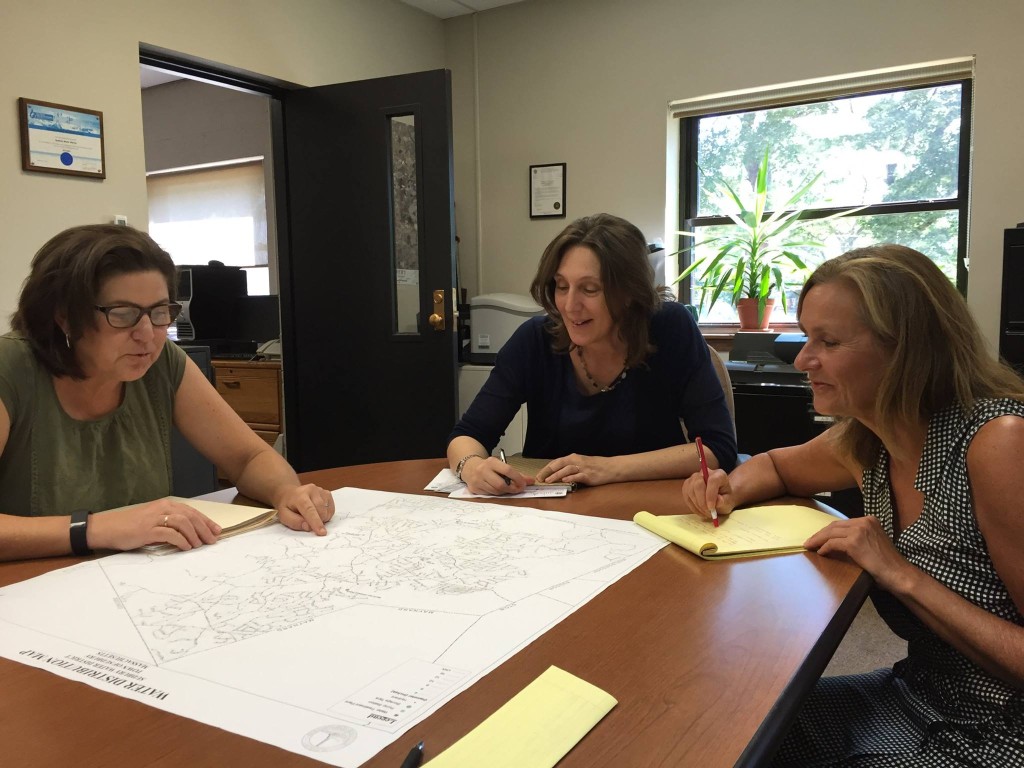Research News, August 18, 2016
We are in the process of refining and finalizing the analysis of alternative routes to Eversource’s proposed right of way (RoW) path. Ultimately, we plan to package these alternatives in a video presentation that will be posted on our website, likely linked through Facebook, and on Sudbury TV. We know there are several viable alternatives to the devastating route currently proposed by Eversource.
Additionally, Renata Aylward and Julie Lieberman of the Research team met with a representative of the Acadia Center, a non-profit organization committed to promoting environmentally responsible and sustainable energy solutions. It is part of Acadia Center’s vision to reform outdated utility regulations and financial rules so that the regional power grid embraces renewable energy and new energy technologies installed at our home and businesses. In its recent June 2016 whitepaper, The Hidden Costs of Energy: Overpaying for an Outdated System, Acadia Center finds:
Claims that more and more transmission lines are needed to keep the lights on are keeping consumers and cleaner alternatives in the dark. Current planning processes and financial incentives will continue to produce a high-priced transmission solution for every forecasted problem, even ones that never materialize. The process needs to modernize. Market reforms and regulatory reforms are needed to stop propping up old approaches and clear the way for lower-cost, consumer-friendly alternatives.”
Protect Sudbury has begun what we hope will be a mutually beneficial relationship with an organization whose interests are fundamentally aligned with ours. We hope to find opportunities to support each other in our common cause to modernize the regulatory processes and the incentive structure for energy infrastructure solutions. We can achieve this objective by shining a light on the current deeply flawed regulatory process that promotes transmission-only solutions and rewards utilities based on their invested capital- not for developing creative win-win solutions that protect our climate, environment and communities.
Lastly, Renata Aylward and Research team members, Melissa Gough and Julie Lieberman met with the Sudbury Water District Superintendent, Rebecca L. McEnroe. We discussed the fact that 1.7 miles of the proposed transmission line traverses an area of our aquifer that provides water that will make its way into our drinking water.

We also learned that, although the town does go through a routine annual testing program, it does not regularly test for the level of herbicides in our drinking water. Rebecca suggested that if Eversource were to proceed with either an underground or overhead transmission line through these critical water supply zones, they should be required to develop monitoring wells for the routine testing of herbicide levels in our water supply.
Presently, the research team is refocusing its efforts on understanding how zoning legislation can be used to require utilities to bury transmission lines and how effective such bylaws have been in defending against utility overhead transmission reliability proposals.
